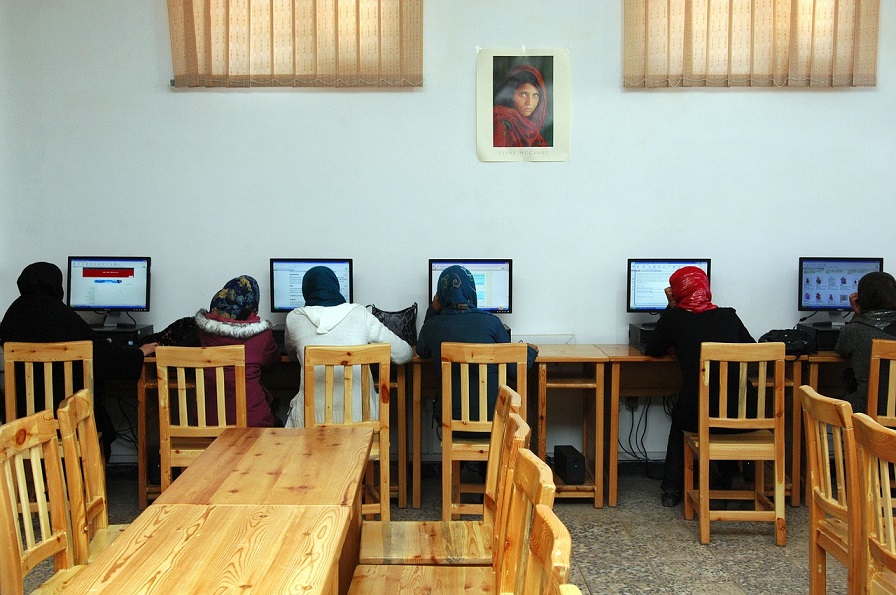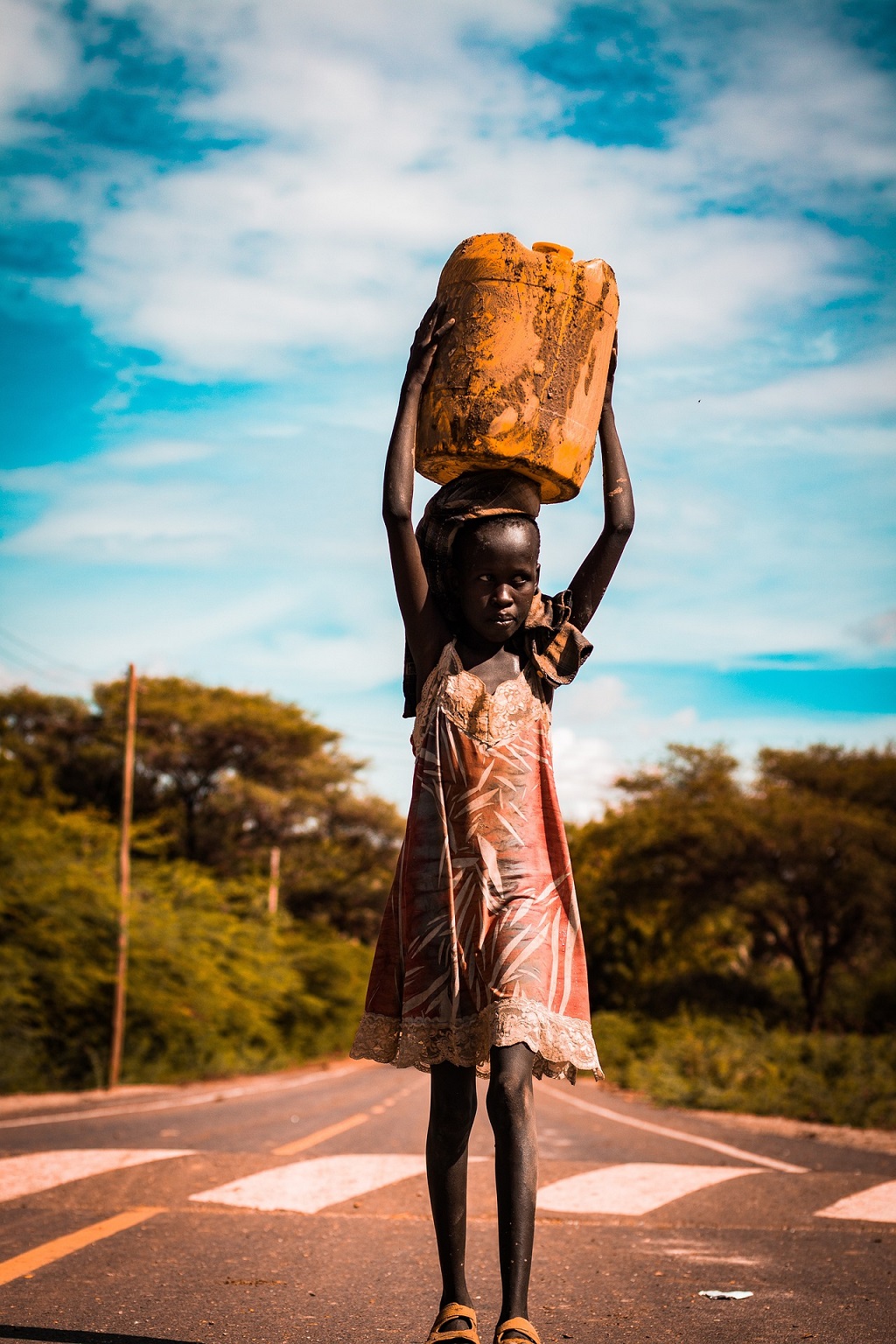It is known that there are more than 230 million women in various parts of the world who were subjected to female genital mutilation. In just the last 8 years, around 30 million females have endured this procedure.
 This practice that seems obligatory for those who believe in Islam, even though it has lost its strength, still continues to be a worrying problem. It is indeed a problem because really it does not only affect women from Islamic families, but it is also applies to both Christian and Muslim households. This is particularly true in Egypt, where Dar el Iftah resides, the organisation responsible for spreading fatwas (compulsory religious Muslim edicts)
This practice that seems obligatory for those who believe in Islam, even though it has lost its strength, still continues to be a worrying problem. It is indeed a problem because really it does not only affect women from Islamic families, but it is also applies to both Christian and Muslim households. This is particularly true in Egypt, where Dar el Iftah resides, the organisation responsible for spreading fatwas (compulsory religious Muslim edicts)
The academic entity made it clear years ago that “This practice has no religious origin. It comes from inherited traditions and customs. The greatest proof that it is not an obligation for women, is that the Prophet Mohammed did not circumcise his daughters”. However, the reality is that it continues to be present and alarmingly prevalent.
The figures of mutilated women are the result of a survey carried out by the United Nation Children’s Fund (UNICEF).
The worst of it, along with the dangers of the operation, is that it in no way turns off sexual desire, as its defenders claim, with the aggravating factor that it can cause bleeding, urinary tract infections, menstrual problems, pain, complications during childbirth and even death to patients.
 These are the physical issues, although there are also more serious physical and psychological consequences. Female genital mutilation is the cause of menstrual problems, decrease in sexual satisfaction, low self-esteem and post-traumatic stress disorder.
These are the physical issues, although there are also more serious physical and psychological consequences. Female genital mutilation is the cause of menstrual problems, decrease in sexual satisfaction, low self-esteem and post-traumatic stress disorder.
The report by UNICEF admits that the number is decreasing of those people subjected by their families to clitoris removal, which happens at ages which fluctuate from infancy to adolescence, but estimates that the forces to eradicate it are moving slowly.
“More girls are subjected to the practice at younger ages, many before their fifth birthday. That further reduces the window to intervene”, warned Catherine Russell, the executive director of the agency, in the report.
Statistics compiled by the UN estimate that just in Africa 144 million women of various ages were subjected to the operation; 80 million in Middle Eastern countries and six million in Asia, figures which give some idea of the magnitude of the problem.
In one statistic, Somalia stands out while other calculations are beginning to see that up to 99% of the female population between 15-40 years were subjected to the operation, the majority without hygienic conditions with consequential dangers to health.
From the other side of the figures appear Burkina Faso, with a significant progress because in the past 30 years, the proportion of women between 15 and 49 mutilated decreased from 80% to 30%. Currently, it is keeping this trend low.
 Another generalised error is that only women are subjected to genital mutilation and it is overlooked that it also happens to boys, especially in Jewish and Muslim families. In these cases, for religious reasons, they go under the knife to be circumcised.
Another generalised error is that only women are subjected to genital mutilation and it is overlooked that it also happens to boys, especially in Jewish and Muslim families. In these cases, for religious reasons, they go under the knife to be circumcised.
For Jews, circumcision is called Brith Milah (covenant of Circumcision, in Hebrew) and is one of the rituals of this confession and the sign to identify the pact with God with Abraham and the ancestor of Ismail and Yitzhak, father of the Arabs and the Hebrews, by this order. However, the scientific criteria collided with this hypothesis because the study of paediatric and academic surgery at Ahed al Salem determined that this is the oldest surgical process in the world and it is believed that it originated 15,000 years ago in Egypt, a country where surgeons carried out skull trephining. PL
(Translated by Donna Davison. Email: donna_davison@hotmail.com) – Photos: Pixabay












.jpg)












